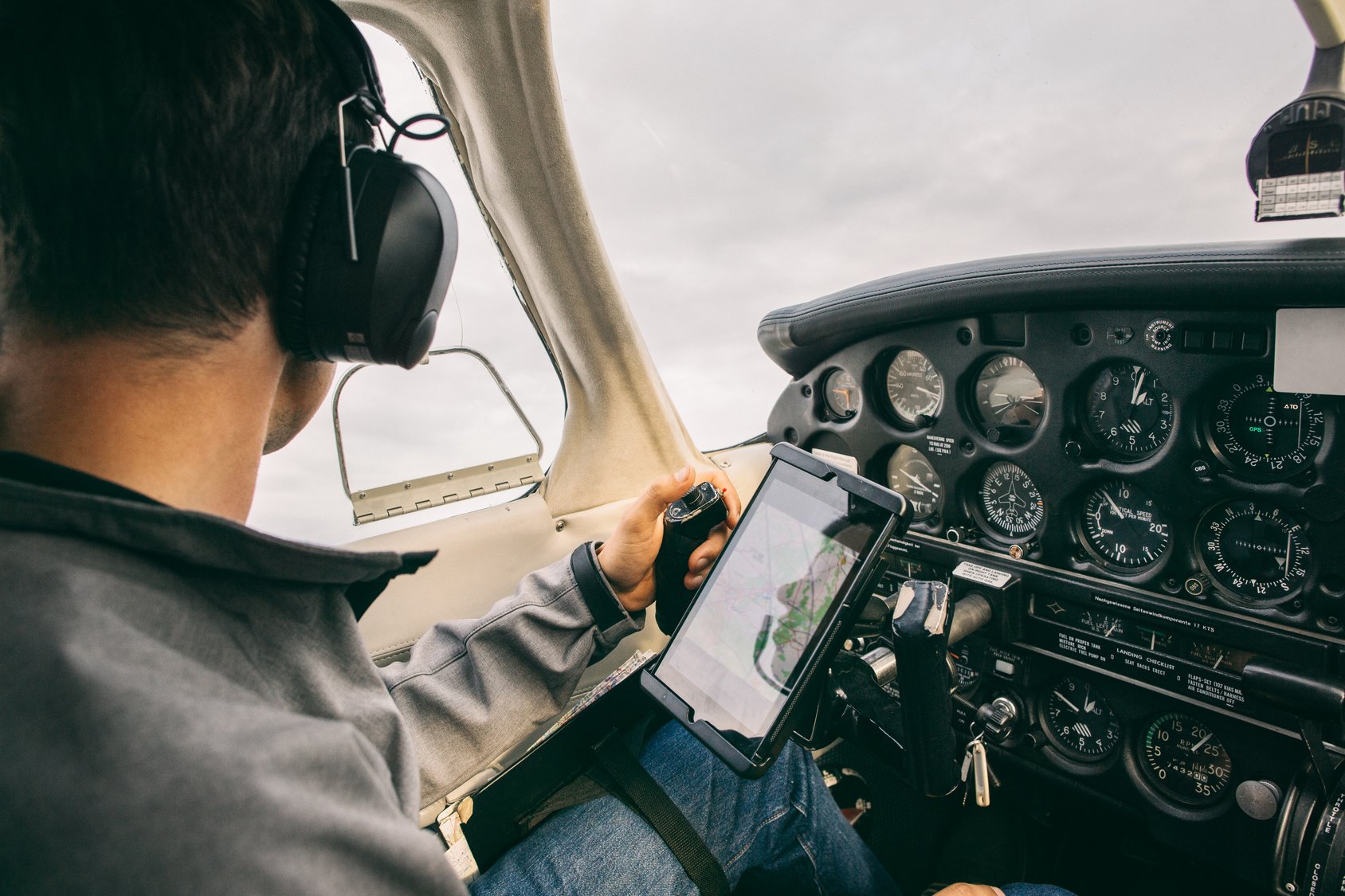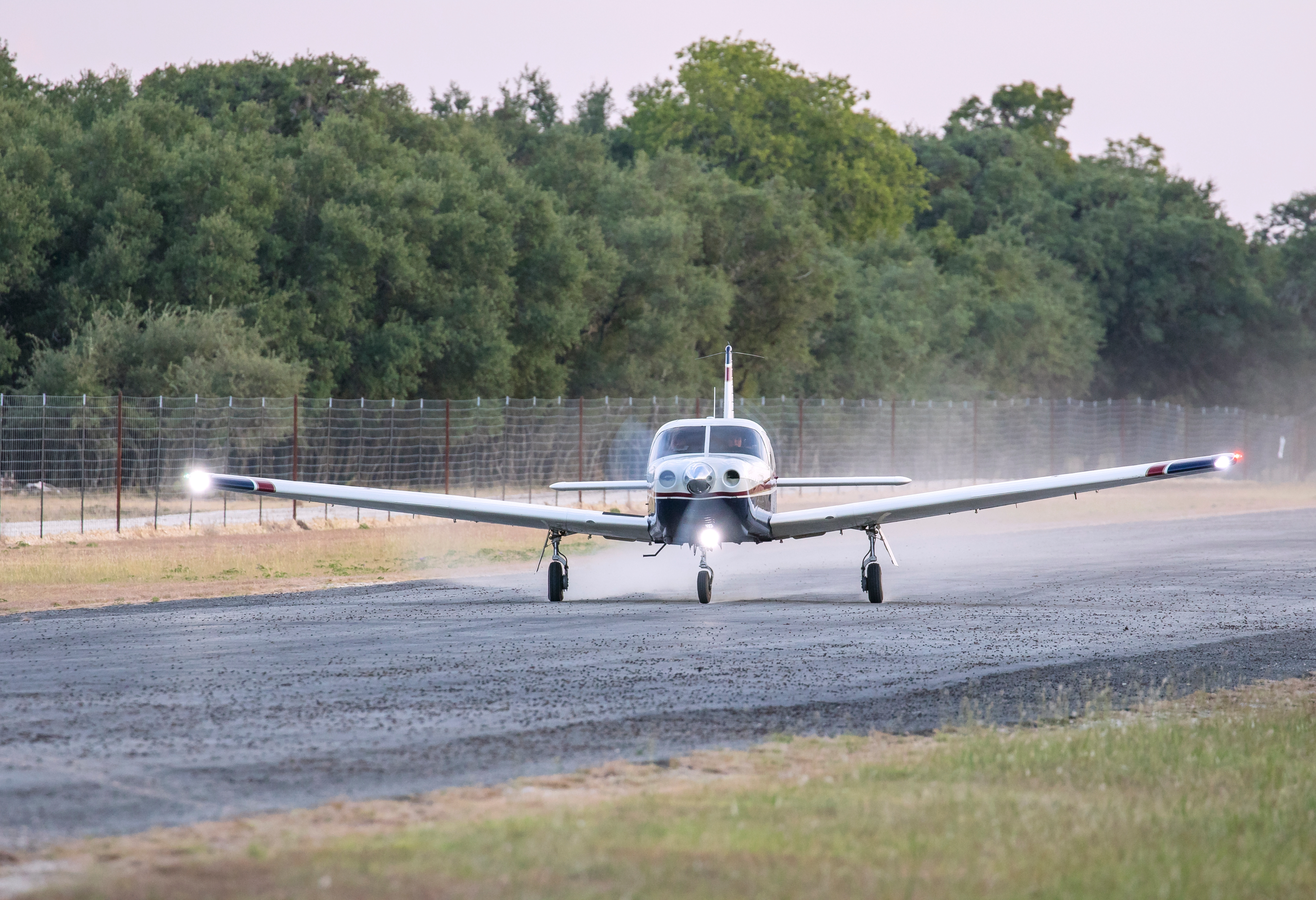When I began flying, internet weather products were just starting to gain traction. It was easy to see why they were so popular. Map overlays of AIRMETs and SIGMETs take all the guesswork out of flight planning.
In contrast, the early days of aviation required a map, a protractor, and a great deal of patience. Once in the air, updating conditions was hopelessly awkward. Juggling a yoke while plotting the outline of a Center Weather Advisory is no fun.
In aircraft with weather uplink, the situation has improved considerably. Any changes to conditions are overlayed directly onto your navigational track. When ATC rattles off the 10 fixes that define the boundaries of a new SIGMET, you simply tap the screen and say, “I know bud.”
Yet, despite these technological advances, the first rule for VFR pilots is the same: Get a pre-flight weather briefing. By all means, use the internet product of your choice to familiarize yourself with the route. However, then you should call 1-800-WX-BRIEF. If you hear “VFR flight not recommended,” you should either amend your route to avoid the affected area or cancel the mission altogether.On the ground, you are a very smart person. In the air, even the smartest person can do something dumb. Time-compressed environments—especially those with an abundance of distractions— are not the best place to make sensitive decisions. Getting a second opinion is valuable. Even airline captains have to get the blessing of a dispatcher before blasting off.
By 2,000 hours, a pilot has regained a safety level equivalent to a 200-hour pilot. It points to a harsh reality: We tend to offset the positive effects of experience with aggressive decision-making.
Stan Dunn
During an average year in aviation, half of all accidents occur following inadvertent flight into IMC. The term “death spiral” was born from these events. When in a threatened state, pilots experience an overwhelming desire to “pull on the stick” in an attempt to avoid the ground.
Many of these events are caused by vestibular illusions associated with a bank. When you add elevator in a turn, you also tighten the radius. An aircraft in a tight circle will inevitably lose altitude (due to degradation of the vertical component of lift). The disoriented pilot pulls back harder to avoid losing more altitude.
Eventually, the ultimate load is exceeded. Critical aircraft components fail. The result is nearly always fatal.
It is the sort of thing that every pilot needs to take seriously. Inadvertent entry into IMC is a blight on IFR-rated pilots, too (a full third of VFR into IMC accidents occur with an instrument-rated pilot at the controls).
Experience mitigates some of the threats, but it is an imperfect solution. The risk of an accident peaks at 500 hours for a VFR pilot. The tail-off towards “safe pilot” is much more gradual than you might think: By 2,000 hours, a pilot has regained a safety level equivalent to a 200-hour pilot. It points to a harsh reality: We tend to offset the positive effects of experience with aggressive decision-making. As we feel more confident, we are more likely to take chances.
Even if you’ve flown a thousand hours “in the clear,” your ears should perk up when a weather briefer tells you that VFR is a bad idea. If you decide to “go up for a peek,” you can all too easily set yourself up for a bad decision. Turning around in flight feels like an admission of defeat. It is easy for that emotion to tempt you into deteriorating conditions.

On the ground, time is endless. In the air, it burns faster than fuel. Mull the consequences of iffy weather before you flip the master switch ON.
The phrase “I'll turn back if necessary" has preceded all too many fatal incidents. One of the more famous examples involved a charter flight carrying Congressional Leader Hale Boggs of Louisiana and Congressman Nick Begich of Alaska. The light twin they chartered disappeared over the Alaskan wilderness in 1971.
In command of the flight was journeyman pilot Don Jonz. The flight took place under IFR in an aircraft not certified for Flight Into Known Icing (FIKI). The aircraft disappeared after traversing an area with forecasts for moderate rime ice and severe turbulence. A highly experienced bush pilot, Jonz made the fatal decision to launch into adverse conditions based on his expansive knowledge of the local area.
Most pilots fall into the “Type A” spectrum of personality. Once we set our mind to something, we struggle to admit defeat and move on. However, in aviation, success often involves abandoning our initial plan.
Especially with mixed-bag weather, you should have a well-defined Plan B. Making it safely to your alternate is far better than taking a risk in deteriorating conditions.
If you press on into poor weather and catch a break, do not mistake it for success. Many experienced pilots have died following an inadvertent run-in with IMC. Learn your lesson from them. Luck is for the casino, not aeronautical decision-making.
Share this
You May Also Like
These Related Articles

When VFR Is Not VFR

The IMSAFE Checklist and the Art of Preflighting the Pilot
